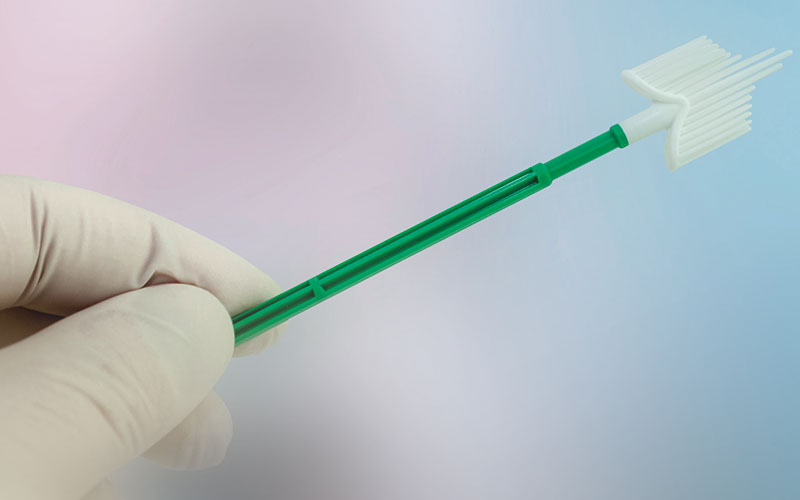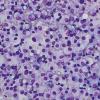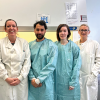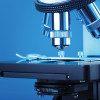Cervical cancer screening rates in Japan were significantly affected in the years following the devastating Great East Japan Earthquake of 2011.

Tohoku University’s Yasuhiro Miki, who specialises in disaster obstetrics and gynaecology, was one of the scientists researching the issue.
He said: “Conflicts and disasters, and the social isolation that often follows, have a major impact on healthcare and lead to delays in the diagnosis and treatment of cancers.”
On 11 March 2011, Miyagi Prefecture in eastern Japan experienced a 9.0 magnitude earthquake, followed by a destructive tsunami that affected its coastal areas.
Miki and colleagues examined how the earthquake affected cervical cancer screening rates in the area.
In the five years after the 2011 disaster, cervical cancer screenings dropped by more than 3% in four areas of Miyagi Prefecture.
Across Japan, approximately 15 women per 100,000 people are affected by cervical cancer.
This rate is higher than that in countries such as the US (6.5) and South Korea (8.4), and similar to that in India (14.7) and the Philippines (14.9).
Also, fewer than 1% of girls in Japan have received the human papillomavirus vaccine, which protects against cervical cancer.
This means that cervical cancer screening is of particular importance for early detection and diagnosis.
Even so, cervical cancer screening rates are lower in Japan compared to other countries, such as the UK.
Picture Credit | iStock




